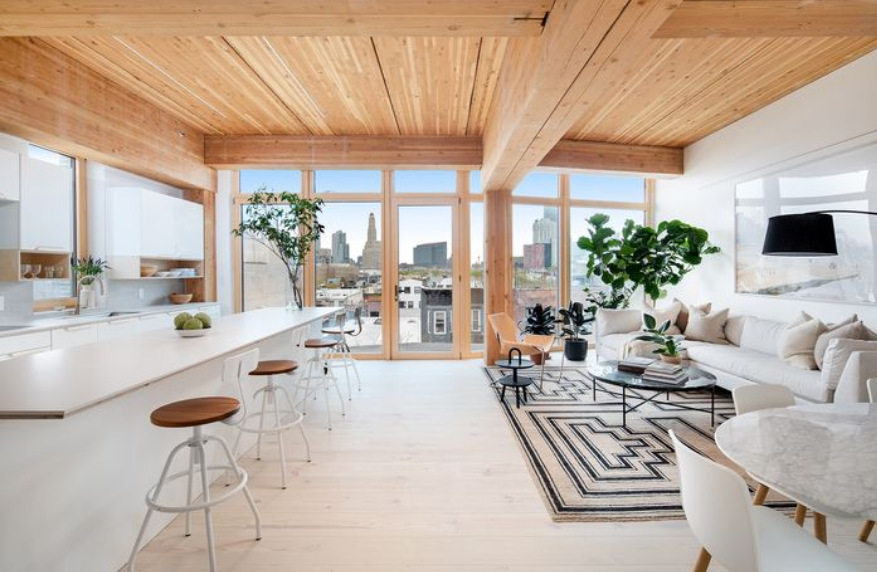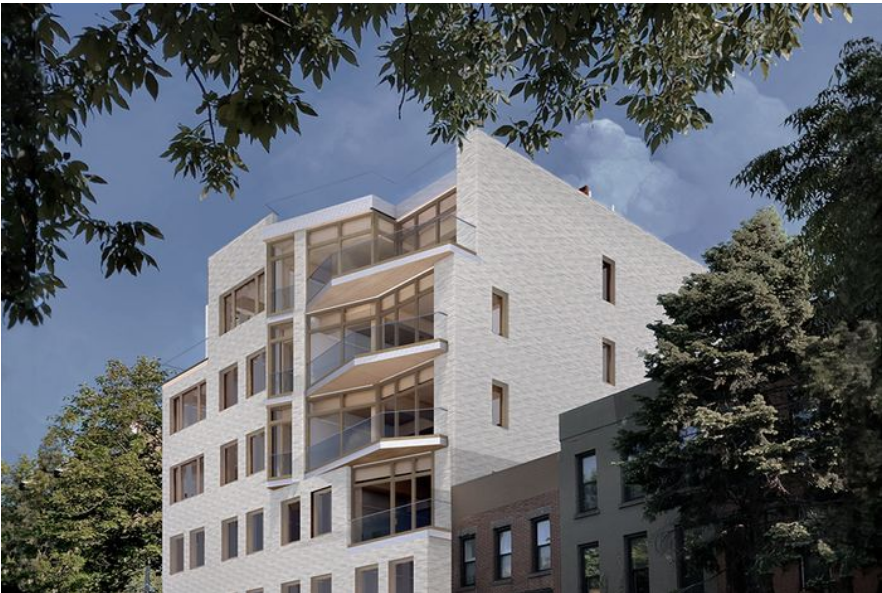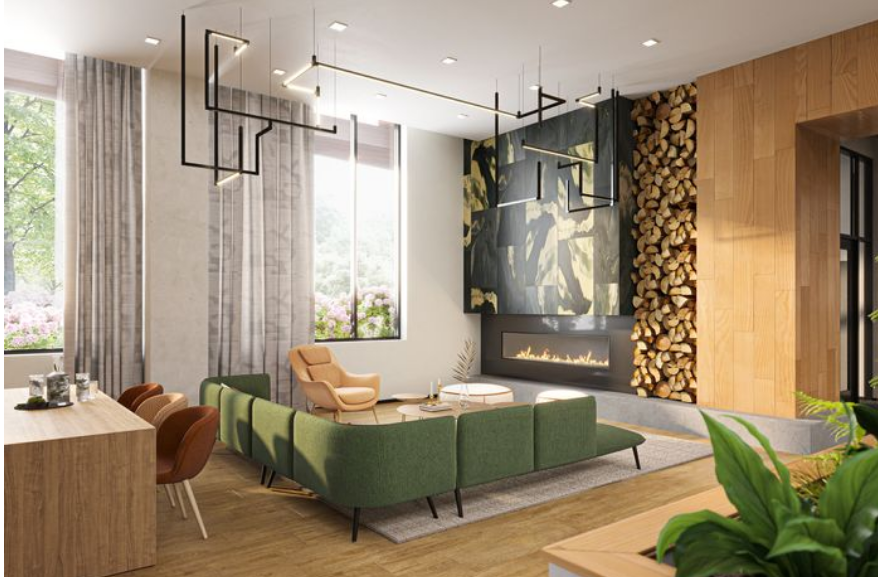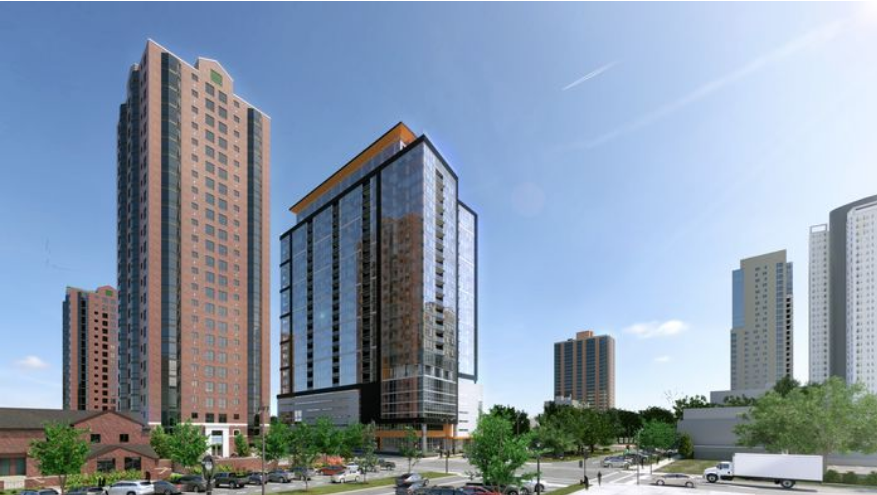You hear a lot about mass timber these days. Mass timber consists of engineered and compressed layers of young wood that are glued together for strength to create larger panels and beams. You can create larger beams and have more flexibility with mass timber. Depending on the engineering technique used, mass timber can be called cross-laminated timber (CLT), glued-laminated timber (GLT), nail-laminated timber (NLT) or dowel-laminated timber (DLT).
The main benefit of mass timber is that it significantly reduces the embodied carbon of new buildings, up to 50% compared to a similar building of concrete or steel. Structural engineers are looking at embodied carbon to meet the requirements of a variety of green building standards and to meet sustainability goals.
What I wonder is what effect the greater use of mass timber will have in terms of preserving forests and their ability to sequester CO2 from the atmosphere as well as create habitat for numerous organisms? We are talking about huge amounts of wood being harvested to build urban high-rise apartments and such.

One benefit is that residents will find themselves surrounded by wood ceilings and floors that offer a connection to nature and makes a difference in how they feel. There is a wellness aspect of being surrounded by wood that includes a sense of positive energy and a sense of calm that are especially important in an urban environment. The wood in mass timber buildings is typically left unfinished to showcase its beauty
Besides the reduced carbon footprint, there is less construction waste and reduced emissions at construction sites. While mass timber construction has been common in Europe for years, it is anticipated to grow in popularity in U.S. cities since the 2021 International Building Code approved its use for buildings up to 18 stories. Previous codes capped mass timber buildings at a height of 85 feet.

Nearly 1,400 mass timber projects were under construction or being designed for residential, commercial or institutional use in all 50 states as of March, 2022.
Mass timber weighs about one-fifth of concrete and requires fewer piles to be driven during construction, so it’s about 25% faster to build with mass timber. It also saves money because of the speed and the fact that you need fewer people onsite. Construction is quieter, too, which makes people in surrounding buildings happy.

Some mass timber arrives at the building site with each piece pre-drilled to connect and for electrical and plumbing installations. Modular design, especially with panelized facades, can speed up the building process. Mass timber construction can work like putting together a giant piece of IKEA furniture.
The wood provides good insulation, which not only provides energy efficiency, but it also makes the buildings really quiet. It’s a tactile experience to be in a building made of wood instead of concrete and steel.

One concern some officials share is the resilience of mass timber against earthquakes, wind and especially fire. The U.S. Forestry Department worked with the Milwaukee Fire Department and the Timber Products Lab in Madison to conduct intense fire testing with timber products. They were able to demonstrate the durability of mass timber even if a sprinkler system failed. Data shows that mass timber performs as well as or even better than other building materials during a fire, an earthquake or high wind. Mass timber chars on the exterior during a fire, which creates a protective layer over the interior wood.
You can read the original article at www.mansionglobal.com
